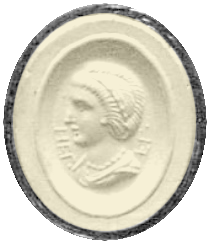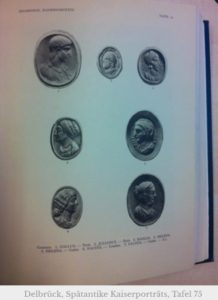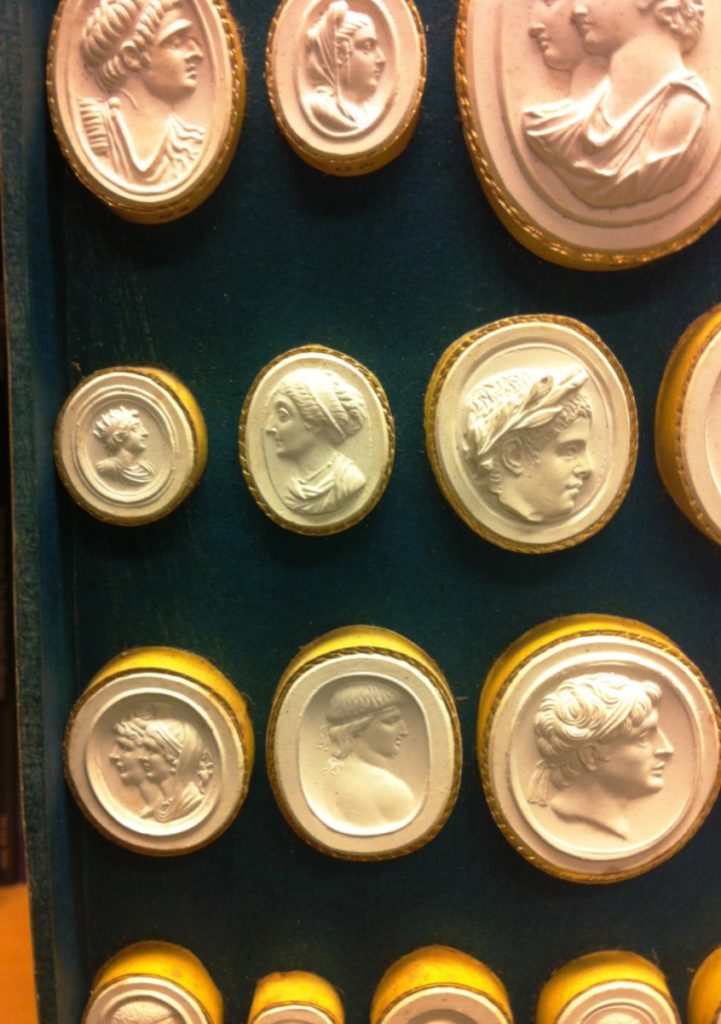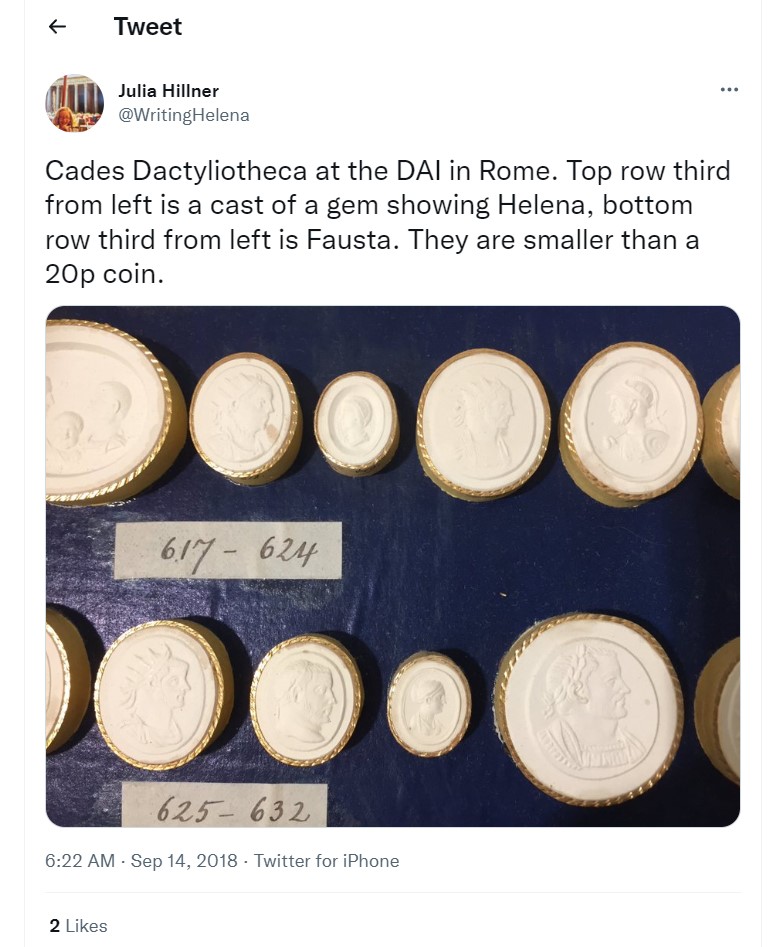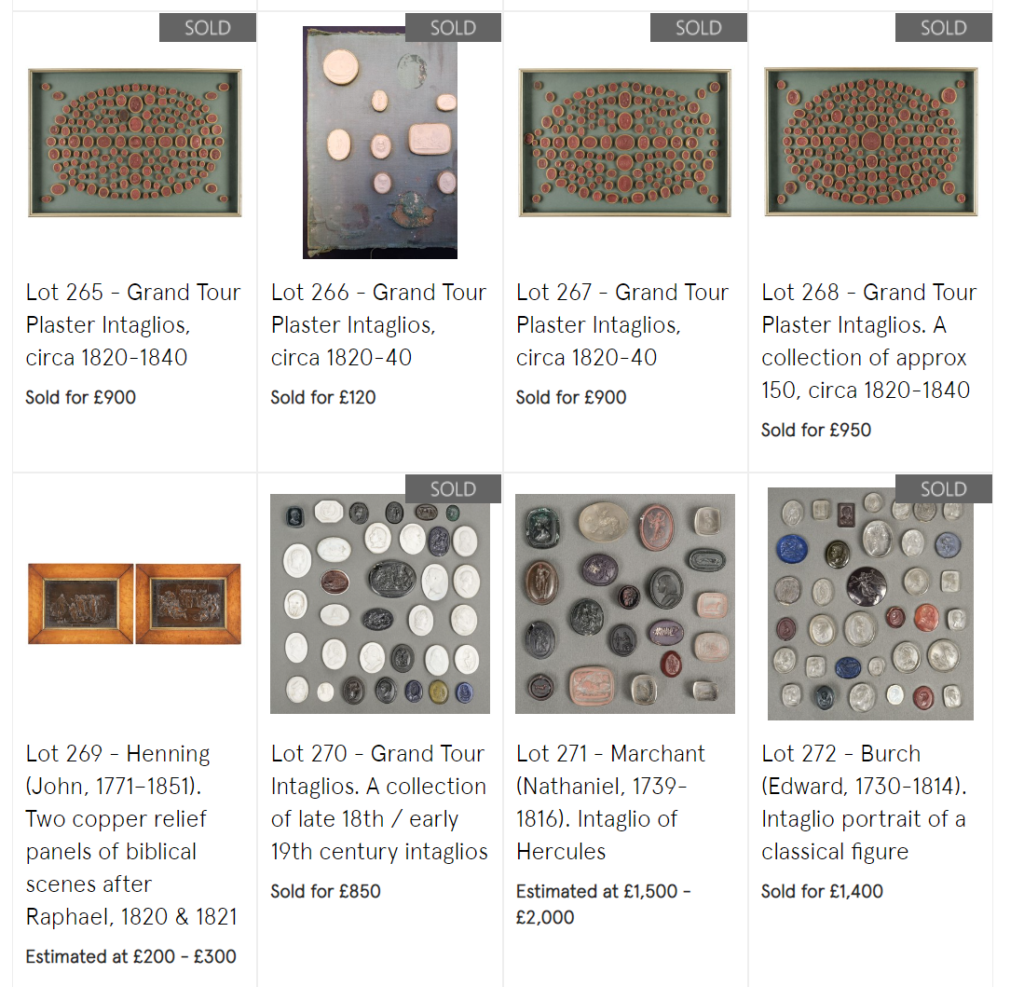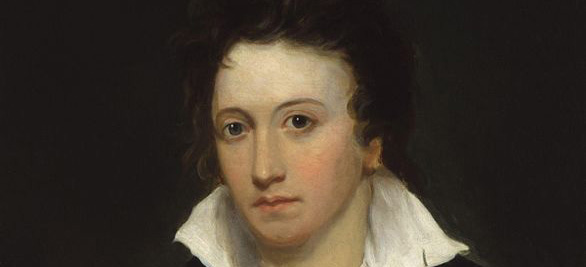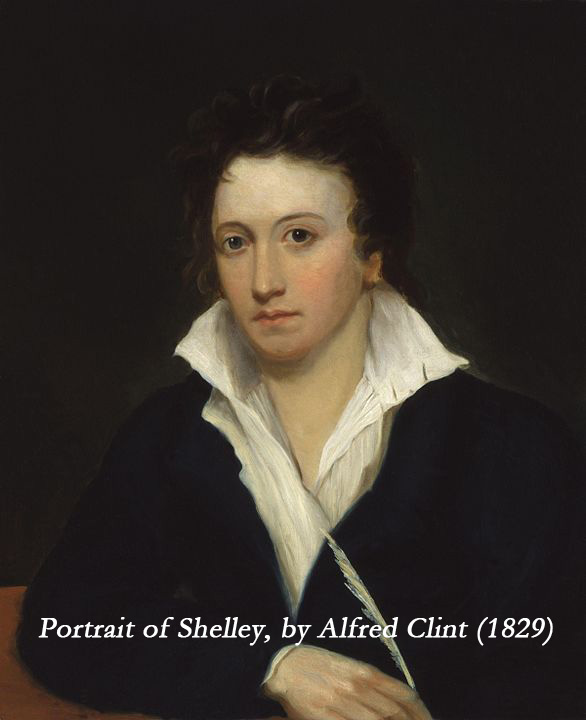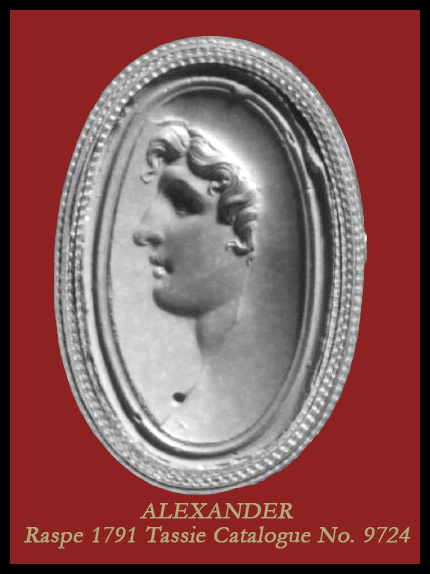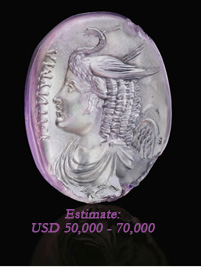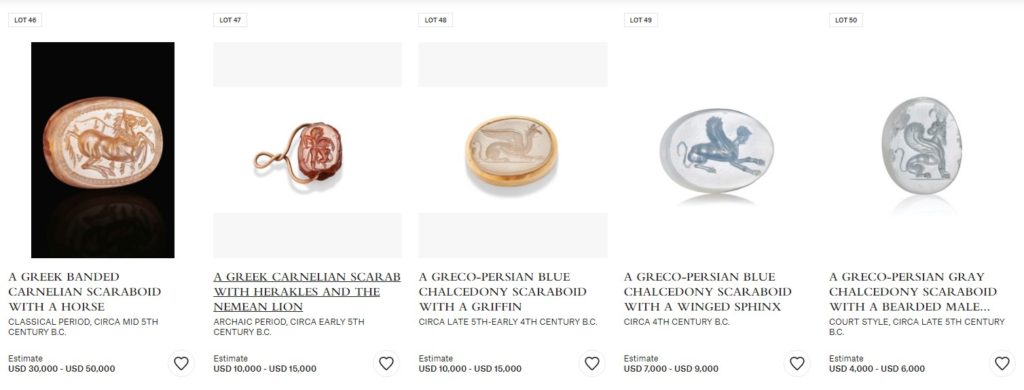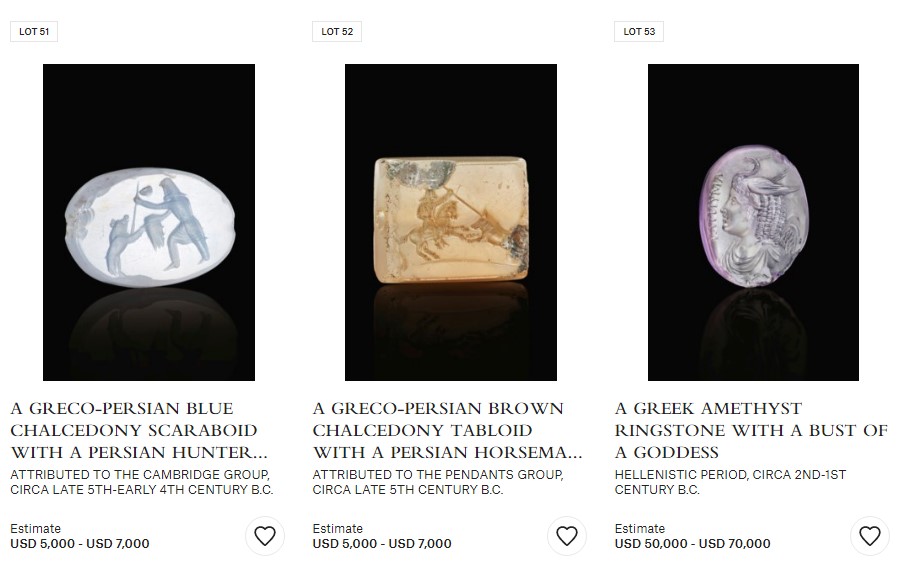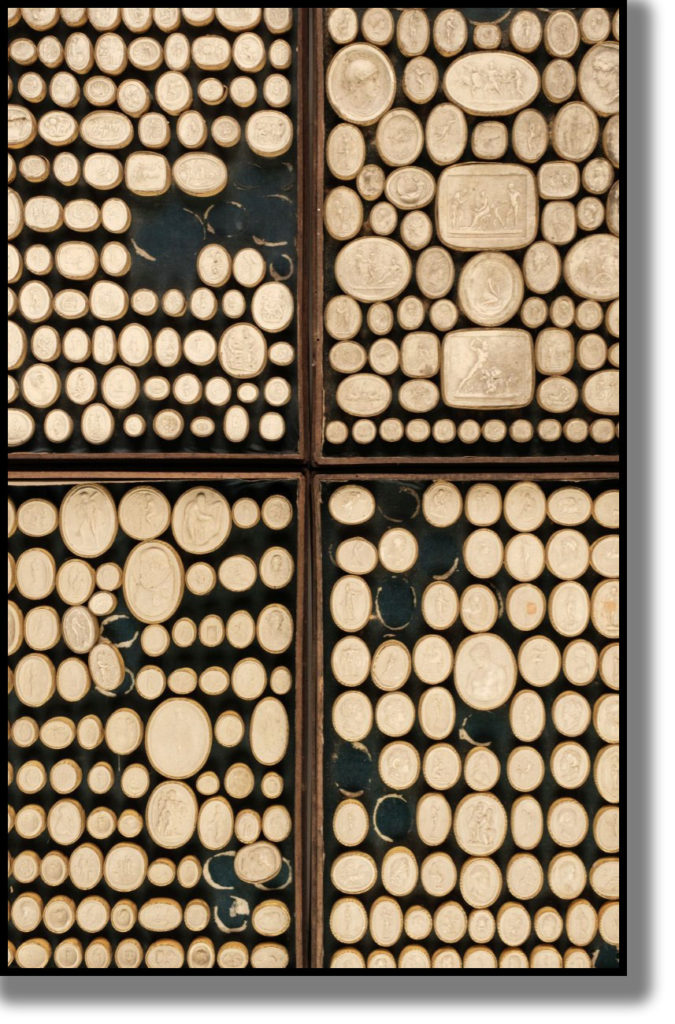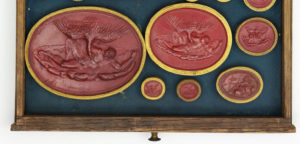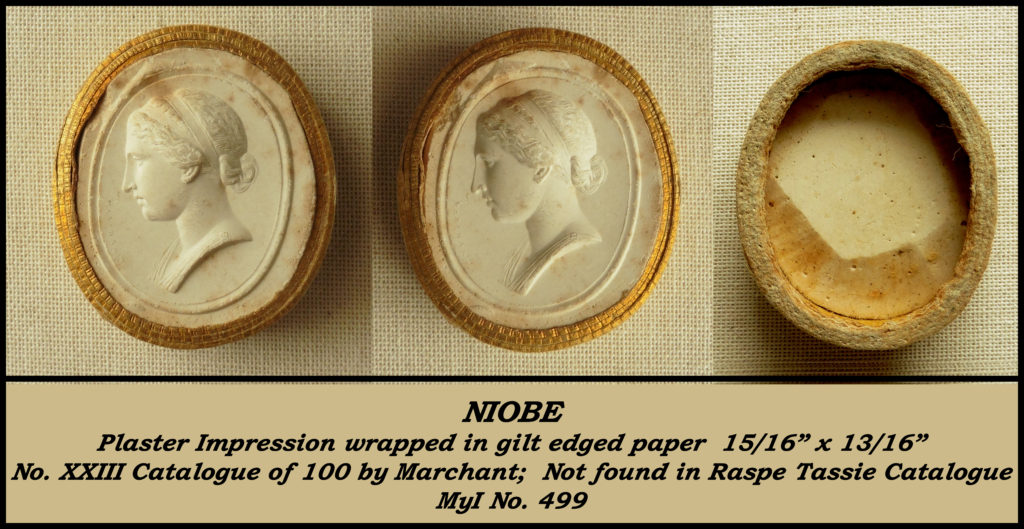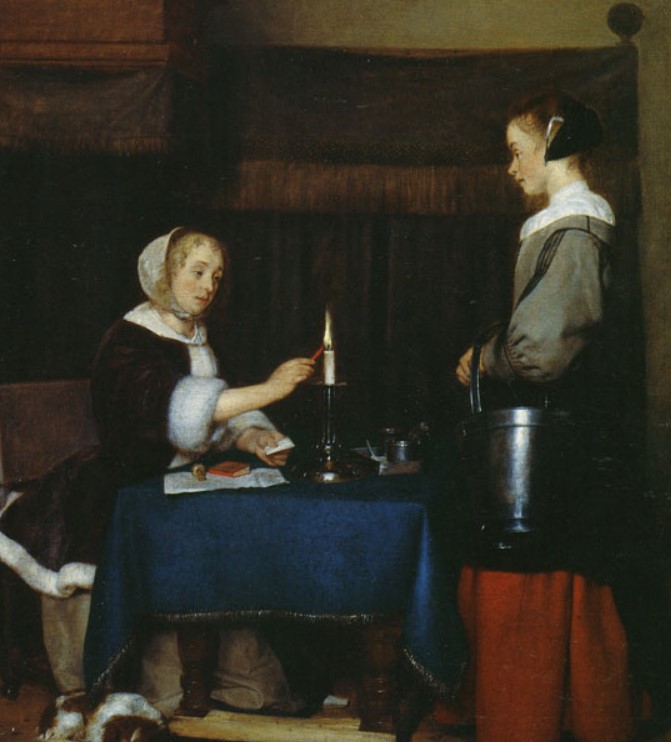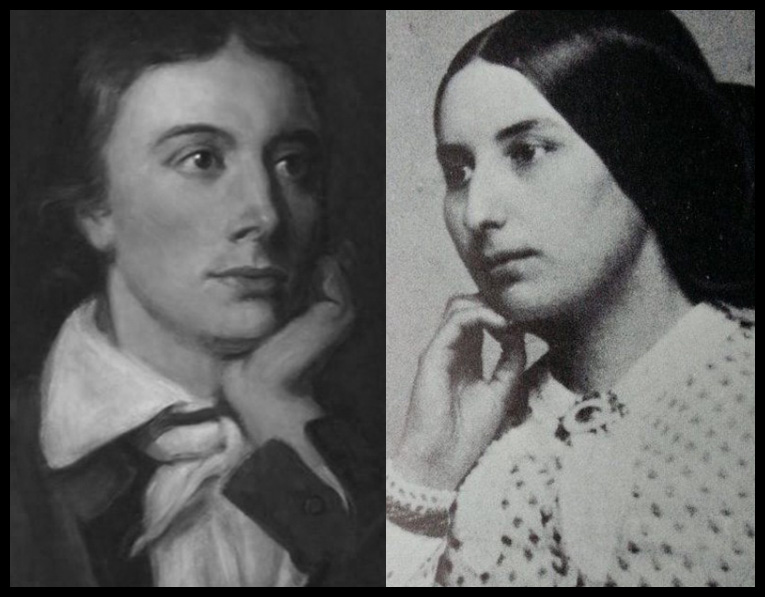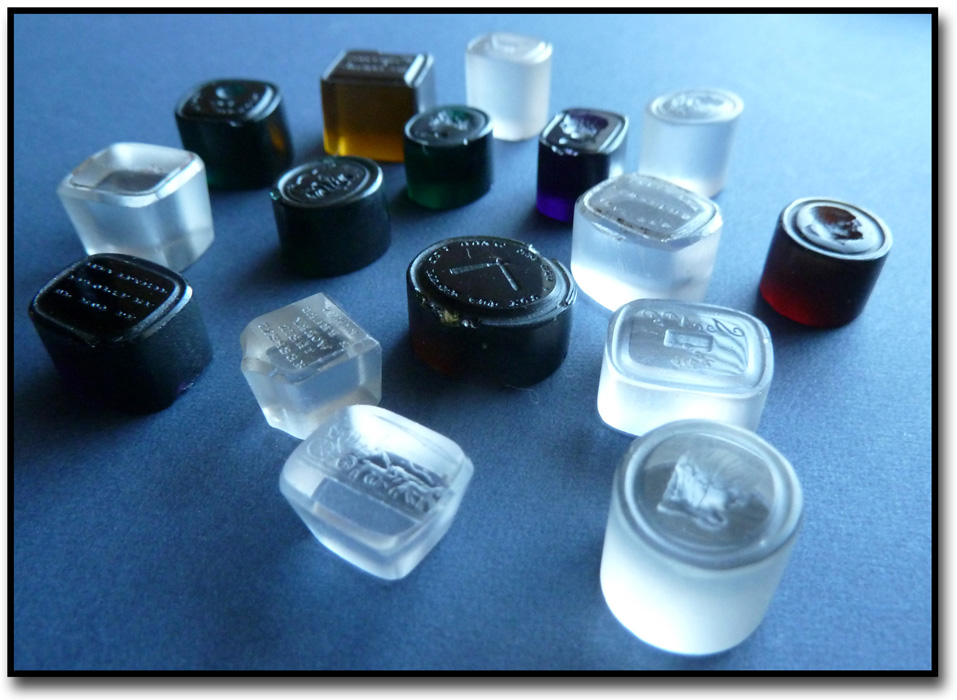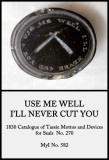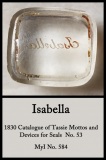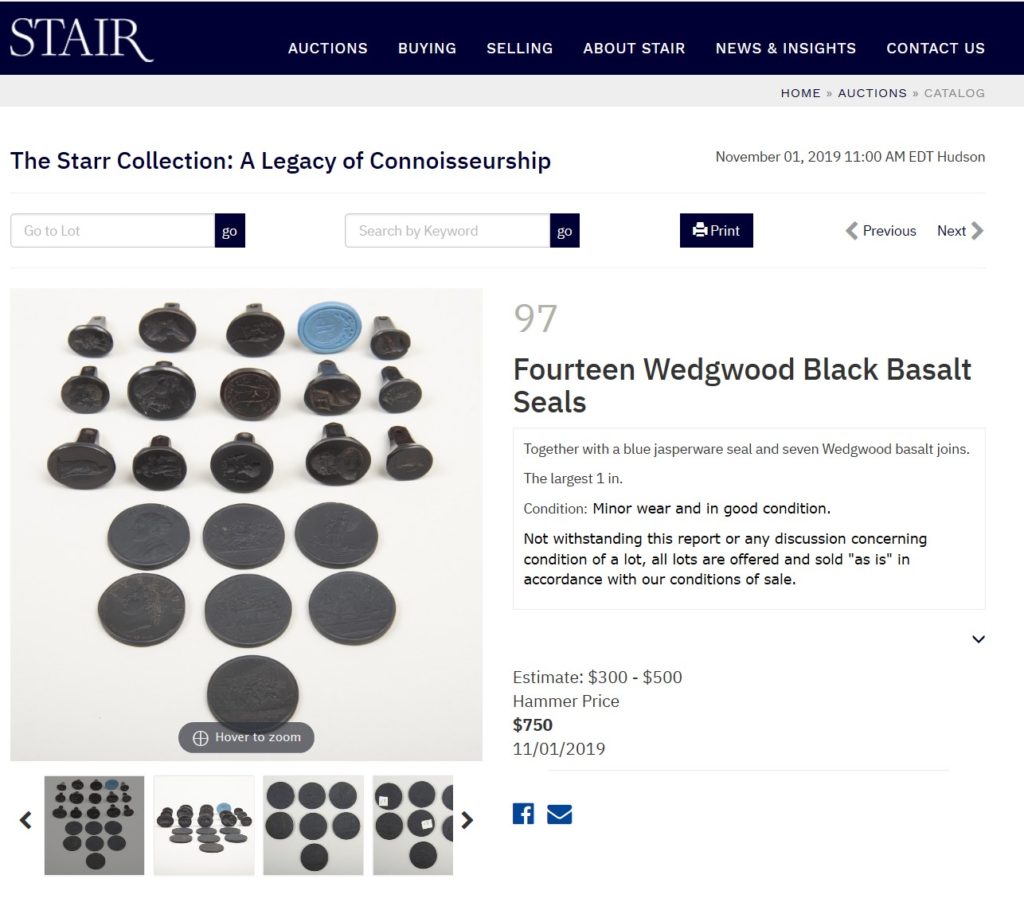The following is a brief overview of a post on EngravedGem.com, the sister site to MyIntaglios.com. To go to the blog page CLICK HERE or use the link at the end of this summary post.
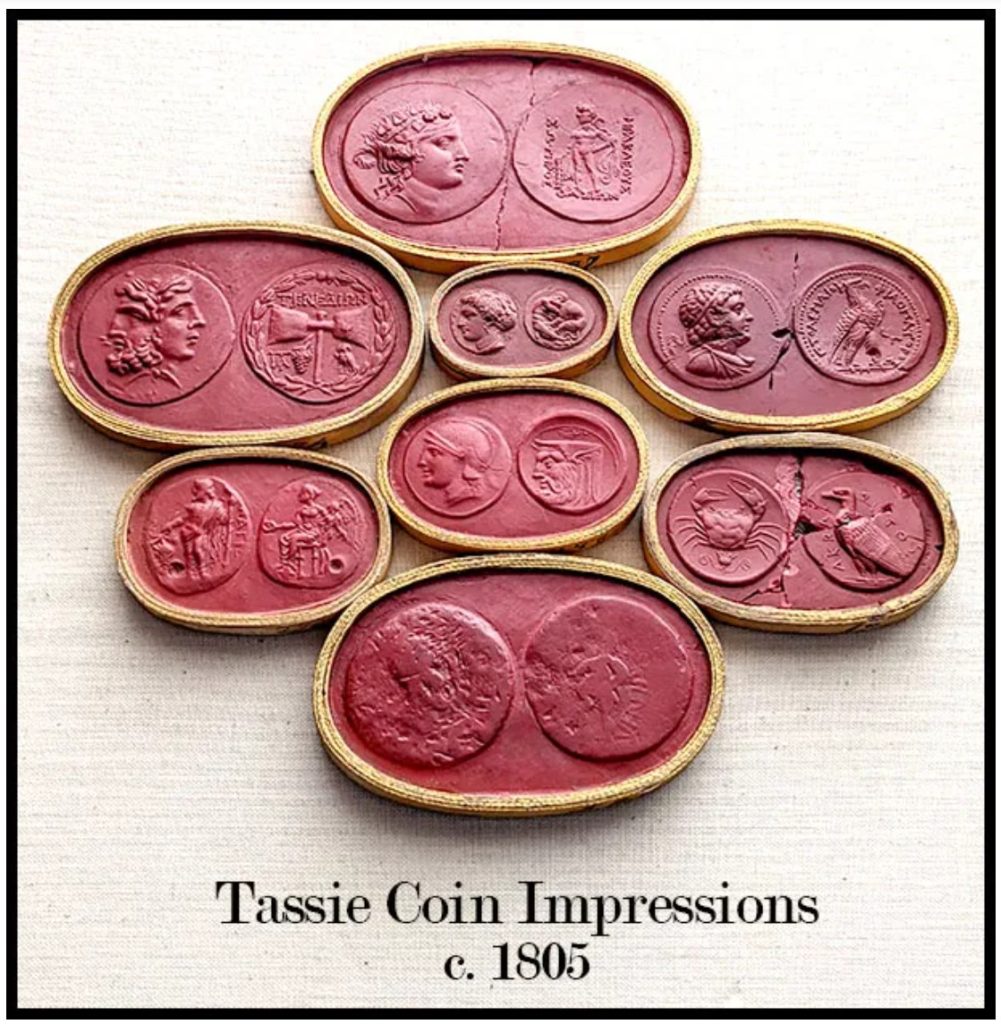
The Tassie’s, James (1735-1799) and William (1777-1860), were primarily known for their plaster, sulfur and paste intaglio gem impressions, but they (primarily William) also produced impressions of ancient coins. This aspect of their business, which resulted in well over 1,000 impressions, has been rarely reported on and is little known. In fact, even though images of coin impressions, in general, are plentiful in publications and online, images of coin impressions with source credits are very difficult to find.
The 1820 and 1830 Tassie Catalogs attest to their coin impression production. In addition, their letters to Alexander Wilson, a bookseller in Glasgow, as presented in THE LETTERS OF JAMES AND WILLIAM TASSIE TO ALEXANDER WILSON 1778 TO 1826 give many details about this work.
Evidence is provided supporting the belief that the red sulfur impressions shown in the accompanying photo are Tassie coin impressions.
To read the full post CLICK HERE.
